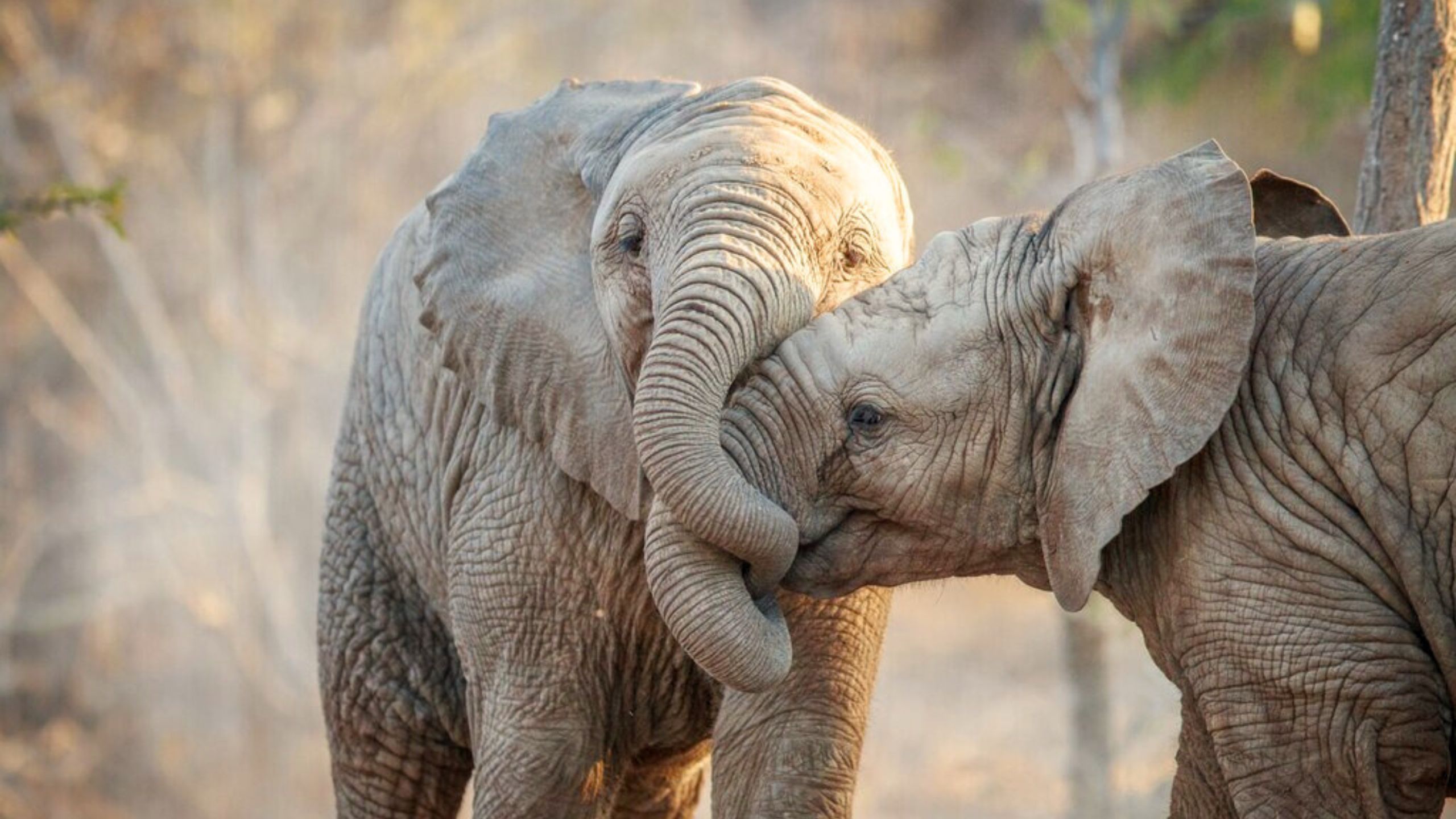Maasai Mara National Reserve, often referred to as “The Rooftop of Africa” is a world-renowned safari destination located in southwestern Kenya. It is named after the Maasai people, who have inhabited the area for centuries, and the Mara River that flows through the reserve.
Spanning over 1,500 square kilometers (580 square miles), the Maasai Mara is known for its breathtaking landscapes, abundant wildlife, and remarkable annual migration of wildebeest and zebras. In this comprehensive guide, we will delve into the fascinating details of the Maasai Mara National Reserve, including its history, geography, wildlife, conservation efforts, and the best ways to experience this natural wonder.
History and Cultural Significance:
The Maasai people, one of Kenya’s most iconic ethnic groups, have long shared a symbiotic relationship with the wildlife and landscapes of the Maasai Mara. Their deep connection with the land and wildlife is rooted in their cultural traditions, which emphasize coexistence and harmony with nature.
The Maasai are known for their distinctive red clothing, intricate beadwork, and remarkable warrior traditions. Visiting the Maasai Mara provides an opportunity to learn about their rich heritage, witness traditional ceremonies, and even stay in authentic Maasai villages.

Geography and Landscape:
The Maasai Mara National Reserve is situated in the Great Rift Valley of East Africa. It borders Tanzania’s Serengeti National Park to the south and covers a vast expanse of grassland, savannah, and riverine forest. The reserve’s diverse topography includes rolling plains, scattered acacia trees, rocky outcrops known as kopjes, and the meandering Mara River. The Mara River is of particular significance as it serves as a vital water source for the wildlife and is a major obstacle during the Great Migration.
Wildlife:
The Maasai Mara is renowned for its abundant and diverse wildlife, making it one of the best safari destinations in the world. The reserve is home to the iconic African Big Five: elephants, lions, leopards, buffalos, and rhinoceros. Other prominent species include cheetahs, giraffes, zebras, wildebeests, hyenas, hippos, crocodiles, and numerous antelope species.
Over 450 bird species have been recorded in the Maasai Mara, making it a birdwatcher’s paradise. The Great Migration, often described as one of the world’s most incredible wildlife spectacles, involves millions of wildebeest, zebras, and other herbivores crossing the Mara River in search of fresh grazing grounds.

Conservation and Sustainability:
Conservation efforts in the Maasai Mara National Reserve are vital to protect its rich biodiversity and ensure the sustainability of its ecosystems. Various organizations and initiatives work together with local communities and the Kenyan government to combat issues such as poaching, habitat loss, and human-wildlife conflict.
The establishment of conservancies around the reserve has played a crucial role in wildlife conservation and community development. These conservancies work hand in hand with local communities to create incentives for sustainable land management, wildlife protection, and responsible tourism practices.

Experiencing the Maasai Mara:
There are several ways to experience the wonders of the Maasai Mara National Reserve. Game drives, conducted by experienced guides, are the most popular way to explore the reserve’s diverse landscapes and encounter its wildlife. Hot air balloon safaris offer a unique perspective, allowing visitors to witness the vastness of the Maasai Mara from above and observe wildlife from a different vantage point.
Walking safaris provide an immersive and intimate experience, enabling visitors to track animals on foot and learn about the smaller creatures and intricate details of the ecosystem. Cultural visits to Maasai villages offer an opportunity to engage with the local communities, learn about their way of life, and gain insights into their traditions and customs.

Best Time to Visit:
The Maasai Mara National Reserve can be visited year-round, each season offering a distinct experience. The dry season, from June to October, is considered the peak wildlife-viewing season, with animals congregating around water sources.
This period also coincides with the Great Migration, as millions of herbivores cross the Mara River. The rainy season, from November to May, transforms the landscape into lush greenery and provides excellent birdwatching opportunities. However, road conditions can be challenging during this time, and some lodges and camps may be closed.
Accommodation:
The Maasai Mara offers a wide range of accommodation options, catering to different budgets and preferences. Luxury lodges provide an opulent and comfortable experience, often with spacious suites, gourmet dining, and top-notch amenities.
Tented camps offer a more authentic and intimate encounter with nature, allowing guests to immerse themselves in the sounds and sights of the wilderness. For the adventurous, there are also budget-friendly campsites that provide basic facilities for those who wish to experience the Maasai Mara in a more rugged manner.

The Maasai Mara National Reserve, aptly referred to as “The Rooftop of Africa,” stands as a testament to the remarkable natural beauty and biodiversity found in Kenya. Its extraordinary landscapes, abundant wildlife, and cultural heritage make it an exceptional destination for safari enthusiasts, nature lovers, and those seeking an authentic African experience.
Whether witnessing the Great Migration, encountering the Big Five, or engaging with the Maasai people, a visit to the Maasai Mara is sure to leave a lasting impression and create cherished memories of this iconic African wilderness.
🌍 Unleash Your Adventurous Spirit on an African Safari! 🐘🦁
Ready for a thrilling escape? Dive into the mesmerizing world of African safaris and discover untamed landscapes teeming with exotic wildlife. Click here : Go2AfricaRoofTop to embark on an unforgettable journey where lions roar and elephants trumpet, where giraffes gracefully roam and cheetahs sprint across the golden plains. 📸🌿
Experience heart-pounding moments as you witness predators on the prowl and marvel at the grace of herbivores in their natural habitat. Immerse yourself in the rich tapestry of sights and sounds, from golden sunsets casting a warm glow to the symphony of wildlife echoing through the savannah. 🌅🦒
This is your chance to capture captivating photographs and create memories that will last a lifetime. Don’t miss out on the adventure of a lifetime. Click here : Go2AfricaRoofTop to start planning your African safari today! 🗺️✈️🦁









